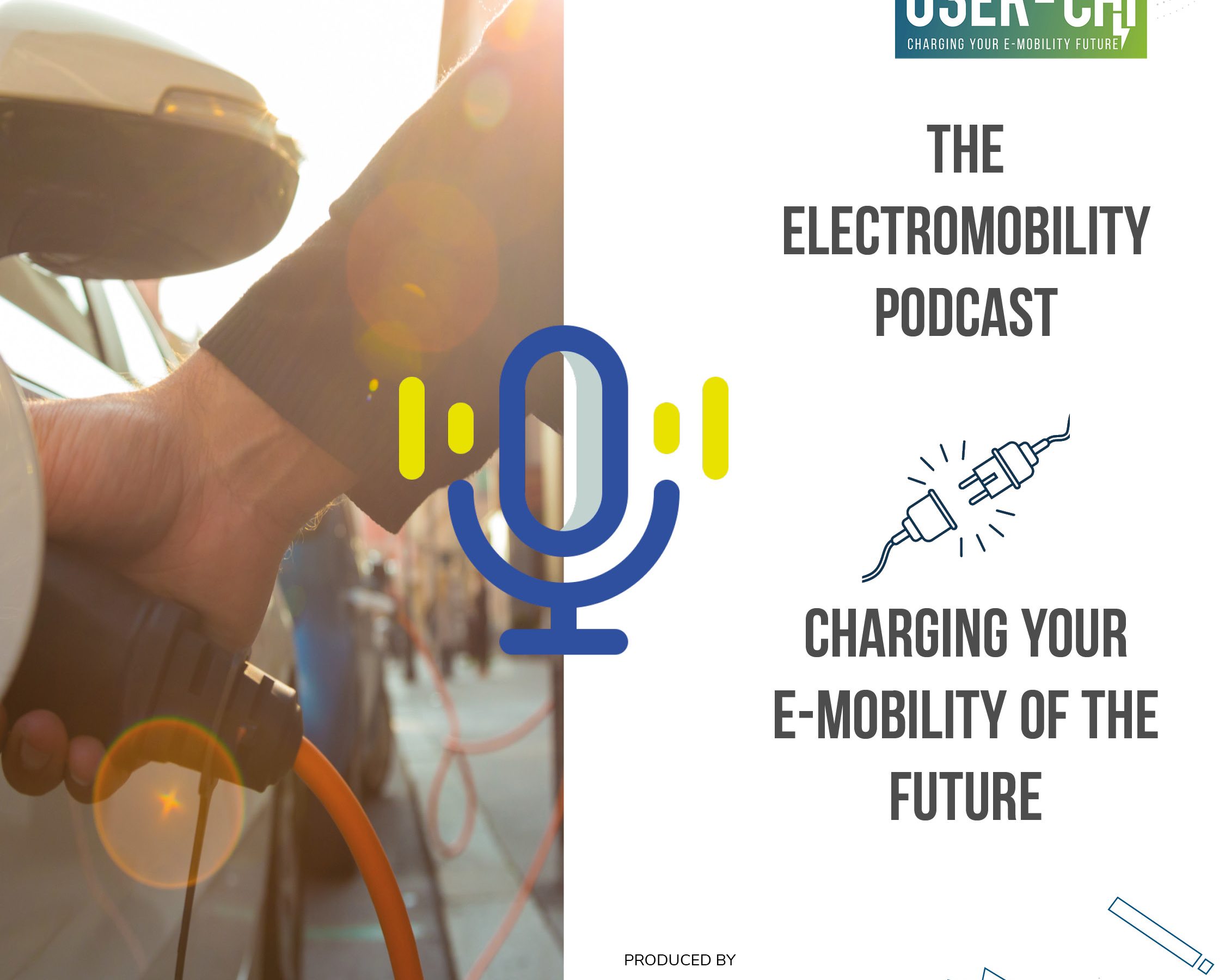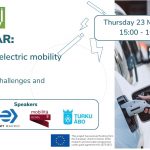Driving EV interoperability across Europe
Interoperability is key to the widespread and seamless adoption of electric vehicles in Europe. During a technical webinar, we delved into the efforts towards developing standards that ensure all charging stations and EVs can communicate effectively, paving the way for a smoother EV charging experience. The webinar also covered practical insights into interoperable charging processes, showcasing real-world applications and user feedback on innovative tools designed to enhance the EV charging infrastructure (INCAR).
Why is interoperability the key?
The concept of interoperability, as discussed by Marie Rajon Bernard from the International Council on Clean Transportation (ICCT), involves creating a seamless and barrier-free environment for EV charging across different providers and countries. Interoperability not only covers physical connectivity, such as standardized connectors and charging protocols but also encompasses software aspects, ensuring communication across different systems and platforms.
What rules are needed for interoperable charging processes?
One of the main challenges highlighted was the fragmented nature of the charging infrastructure, which often leaves users juggling multiple service provider cards and facing inconsistent pricing and access issues. To tackle these issues, the USER-CHI project has developed several tools and frameworks aimed at enhancing interoperability. Divy Gupte and Mariana Moreno Kuhnke from IKEM presented the global, technical and legal requirements for ensuring interoperability at EU level, as presented in the INFRA paper and deliverable.
USER-CHI solution: INCAR platform
The INCAR platform, presented by Alberto Zambrano of ETRA, aims to unify charging and parking platforms. It includes a mobile app, presented by Lena Korostylova and André Kleinhaus from VMZ, that allows EV users to find, reserve, and pay for charging slots via a single interface, simplifying the user experience significantly. This tool exemplifies practical application of interoperability concepts by integrating various charging networks and providing real-time data to users.
Standards and regulations
Javier Lopez Rodriguez from UNE discussed the role of standards in ensuring compatibility and safety across the EV charging ecosystem. The creation of standardized protocols and connectors, such as the CCS2 for DC charging in the EU, helps in reducing market barriers and facilitates the broader adoption of EVs. USER-CHI project recently published two CWAs, contributing to a better interoperability of charging stations and softwares.
What’s next?
Looking ahead, the focus is on expanding these interoperability frameworks to include more comprehensive smart charging solutions that can integrate renewable energy sources and support dynamic pricing models. This approach not only enhances the efficiency of the charging infrastructure but also aligns with broader environmental goals of reducing carbon emissions.
The webinar underscored the critical role of interoperability in scaling up EV infrastructure across Europe and highlighted the collaborative efforts needed among stakeholders to achieve these objectives.





